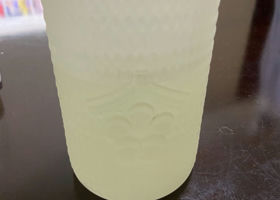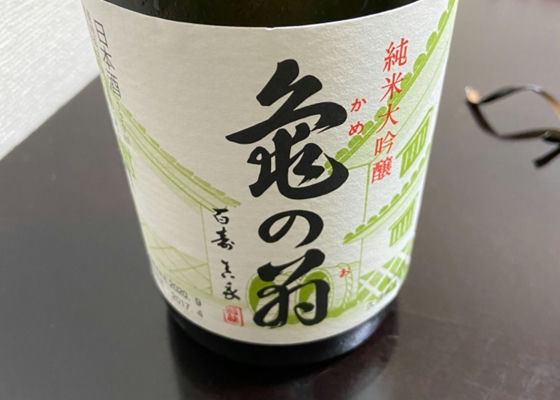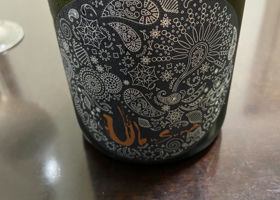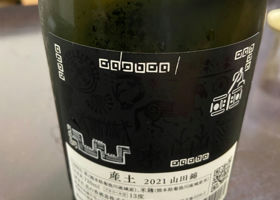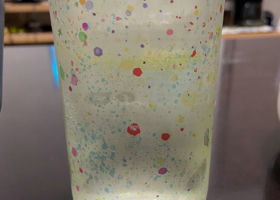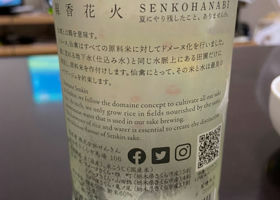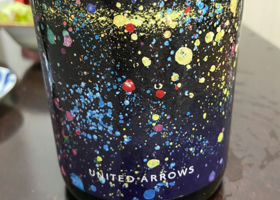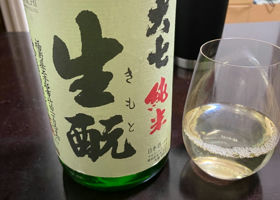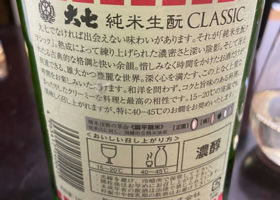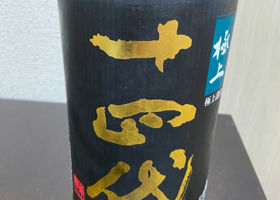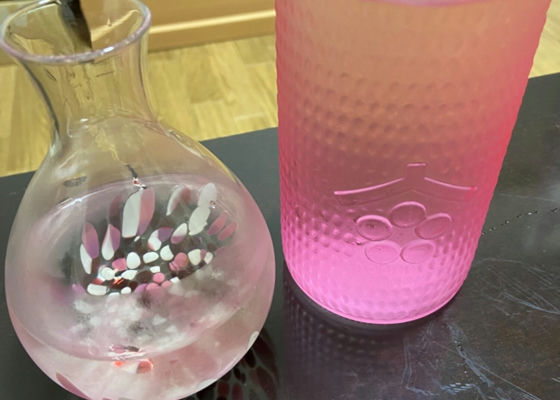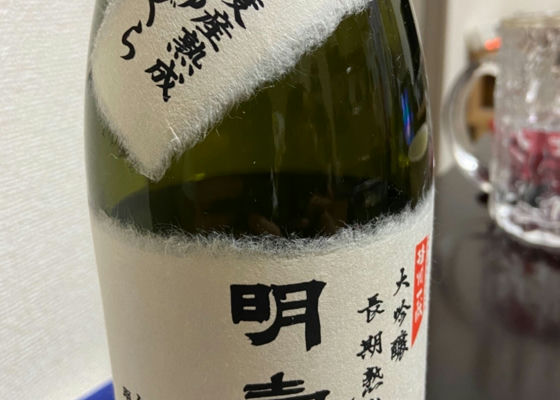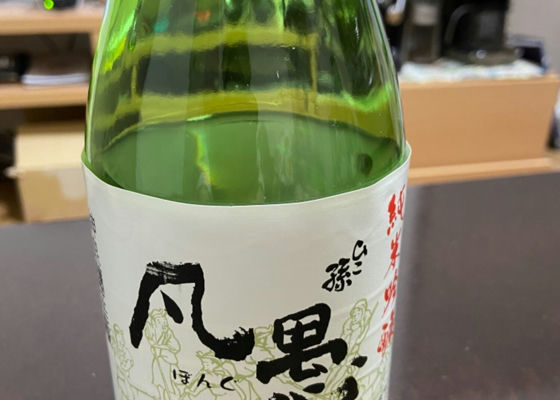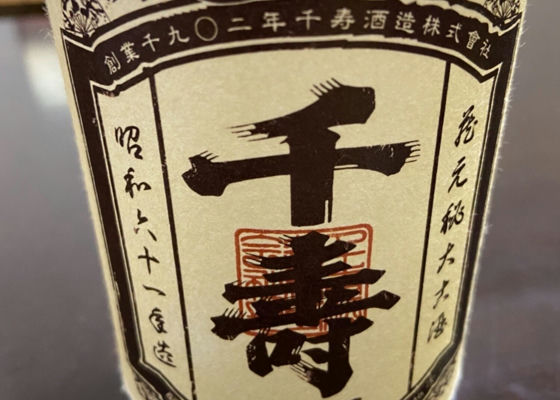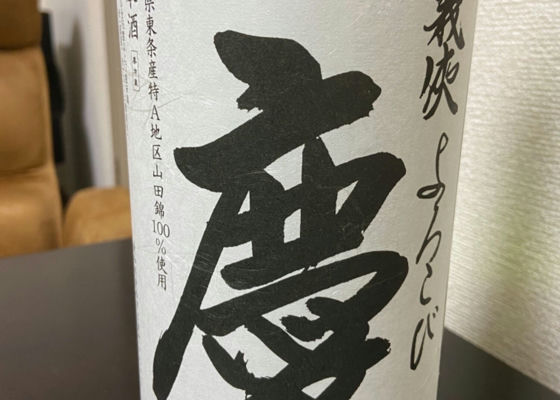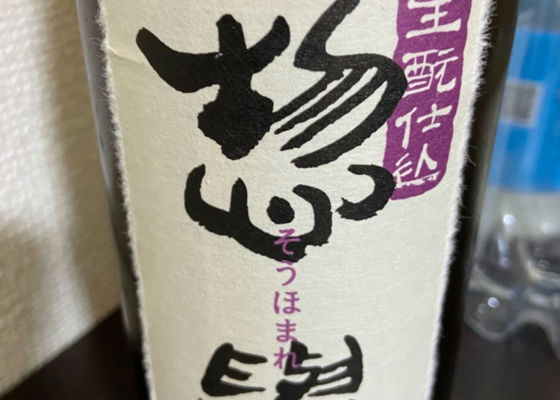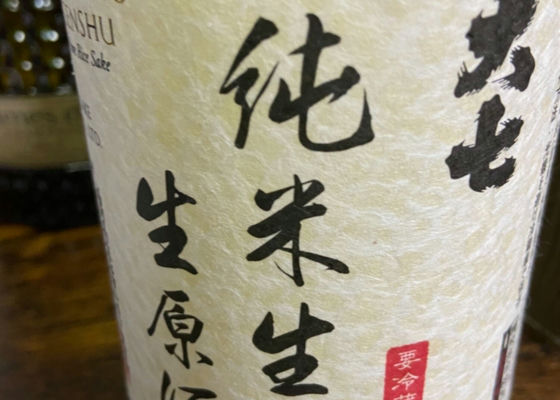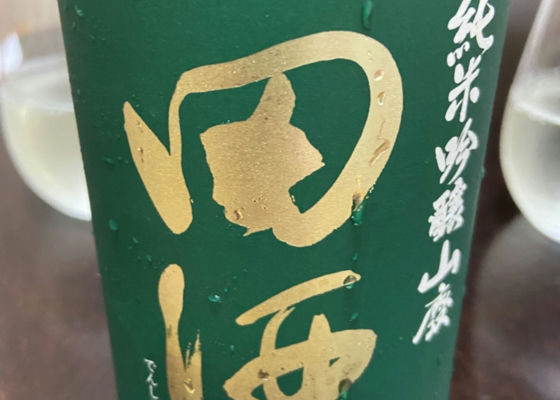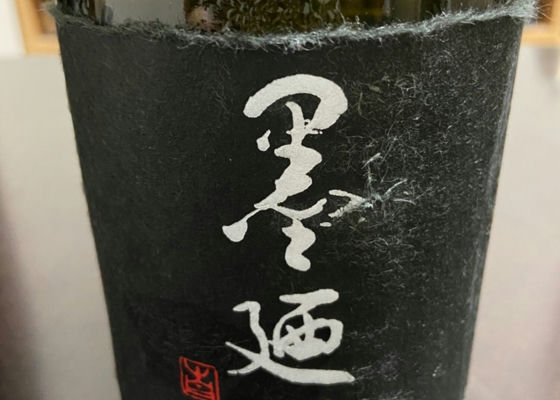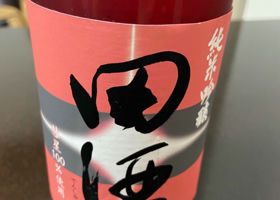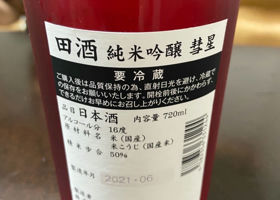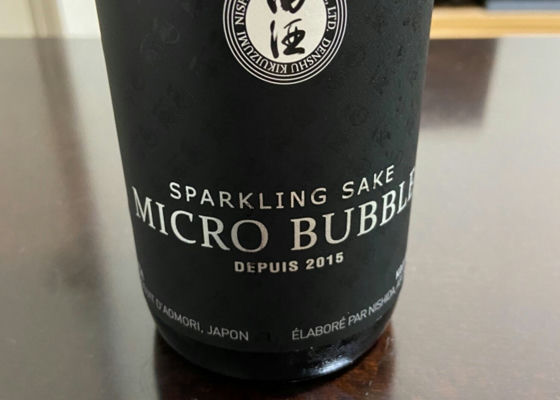かぶら
Akabu Christmas 2022
Lightly cloudy with a hint of haze.
Powdery, mild raw material aroma, slightly reminiscent of lychee
Simple in terms of aroma with a subdued tone
Gentle sweetness with acidity on the attack
The taste is very light at 13% alc. with a slight sweetness and umami that is typical of Akabu and surprisingly fine lineage.
The wine is a juicy sake, and the description that it is like a white wine is not true.
Akabake's Nama Oorigarami for Christmas
The greenish bottle with a red label and Christmas-like coloring is interesting in that it is not designed with wine in mind, and the taste is similar.
The low-alcoholic, thin flavor is enhanced by the two elements of ogara-mi and nama, resulting in a light yet well-flavored sake.
Although it is a seasonal product and somewhat rare and difficult to obtain, it is a cuvée that makes good use of Akabu's character and should be repeated!
Japanese>English
